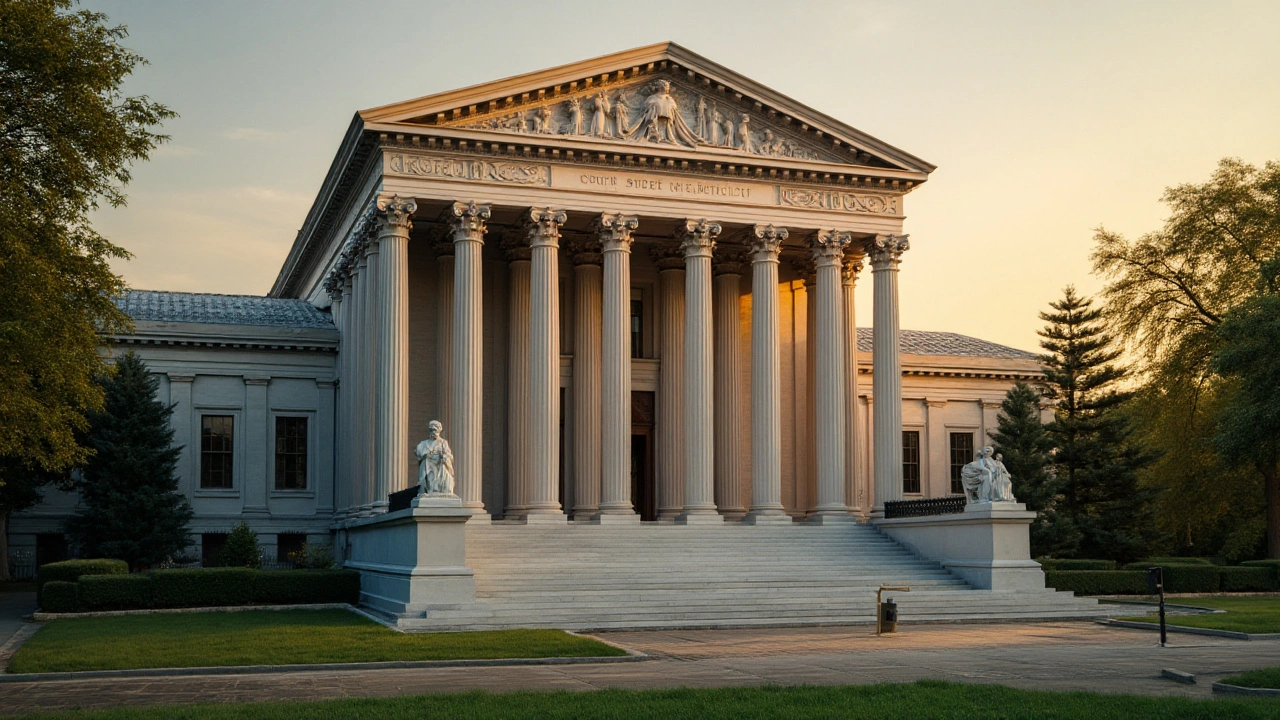Federal architecture in America traces its roots back to the late 18th century, mirroring the young nation's aspirations and influences. This style is heavily inspired by Roman classicism and is characterized by symmetry, balance, and grandeur, embodying democratic ideals. As a lasting symbol of American heritage, it tells stories through its prominent structures such as courthouses and early government buildings. Understanding this architectural style offers insight into the cultural and historical journey of the United States.
American Architecture: Styles, History & What to See
America’s built landscape reads like a travelogue of ideas. Walk a few blocks and you can see Colonial symmetry, Greek Revival columns, Beaux‑Arts grandeur, and sleek Mid‑Century lines all in one city. That variety tells a clear story: architects borrowed, reinvented, and mixed styles to fit new needs and new places. If you want to understand American architecture without getting lost in jargon, this page gives fast, useful ways to spot styles and where to go to see the best examples.
Quick style guide: how to spot them
Colonial architecture: look for simple, balanced facades, central doors, sash windows, and pitched roofs. These buildings show how early settlers adapted European forms to local materials and climates. Georgian overlaps with Colonial but adds stricter symmetry and brickwork.
Greek Revival: big, bold columns and triangular pediments. Think of bank buildings and courthouses that wanted to look official and timeless. If you see white columns and a temple-like front, you’re probably looking at Greek Revival influence.
Beaux‑Arts: grand stone facades, carved details, and dramatic stairs. This style aimed to impress—museums, train stations, and civic buildings often wear this look. Spot heavy ornament, arched windows, and a sense of formal order.
American Craftsman: low roofs, wide porches, exposed rafters, and handcrafted woodwork. Craftsman homes feel human-scale and cozy. If a house has a big front porch and visible joinery, it’s likely a Craftsman.
Mid‑Century Modern: flat planes, open floor plans, large glass walls. This style feels light and functional—think indoor-outdoor flow and clean details. Look for original furniture, too; the interiors often match the exterior lines.
High‑Tech and Neo‑Futurism: visible structure, glass-and-steel skins, and tech-forward details. These buildings celebrate engineering and often shape modern skylines.
Postmodern and Expressionist touches: playful shapes, mixed references, or dramatic forms that break the rules. These are the styles that make you stop and stare.
Where to see key examples in America
Boston and Philadelphia are great for Colonial, Georgian, and early public buildings. Washington, D.C. shows strong Greek Revival and Beaux‑Arts—walk near the National Mall and you’ll see it. New York has Beaux‑Arts anchors like Grand Central and a mix of revival styles across neighborhoods. Chicago and Los Angeles offer Mid‑Century Modern and high‑tech skyscrapers. In California, especially Pasadena and Los Angeles, you’ll find American Craftsman houses and Mediterranean Revival details. Miami and parts of Florida show bold revival mixes and modern coastal variations.
When you visit, use three simple checks: roof shape, window style, and ornament level. Those three clues usually point you to the correct style fast. Want to learn more about any specific style? Click into the articles tagged on this page for focused guides—history, key features, and preservation tips that help you spot real examples on the street.
Architecture is an easy way to read a city. Keep your eyes open and your curiosity sharper—you’ll start noticing stories in brick, stone, and glass.

